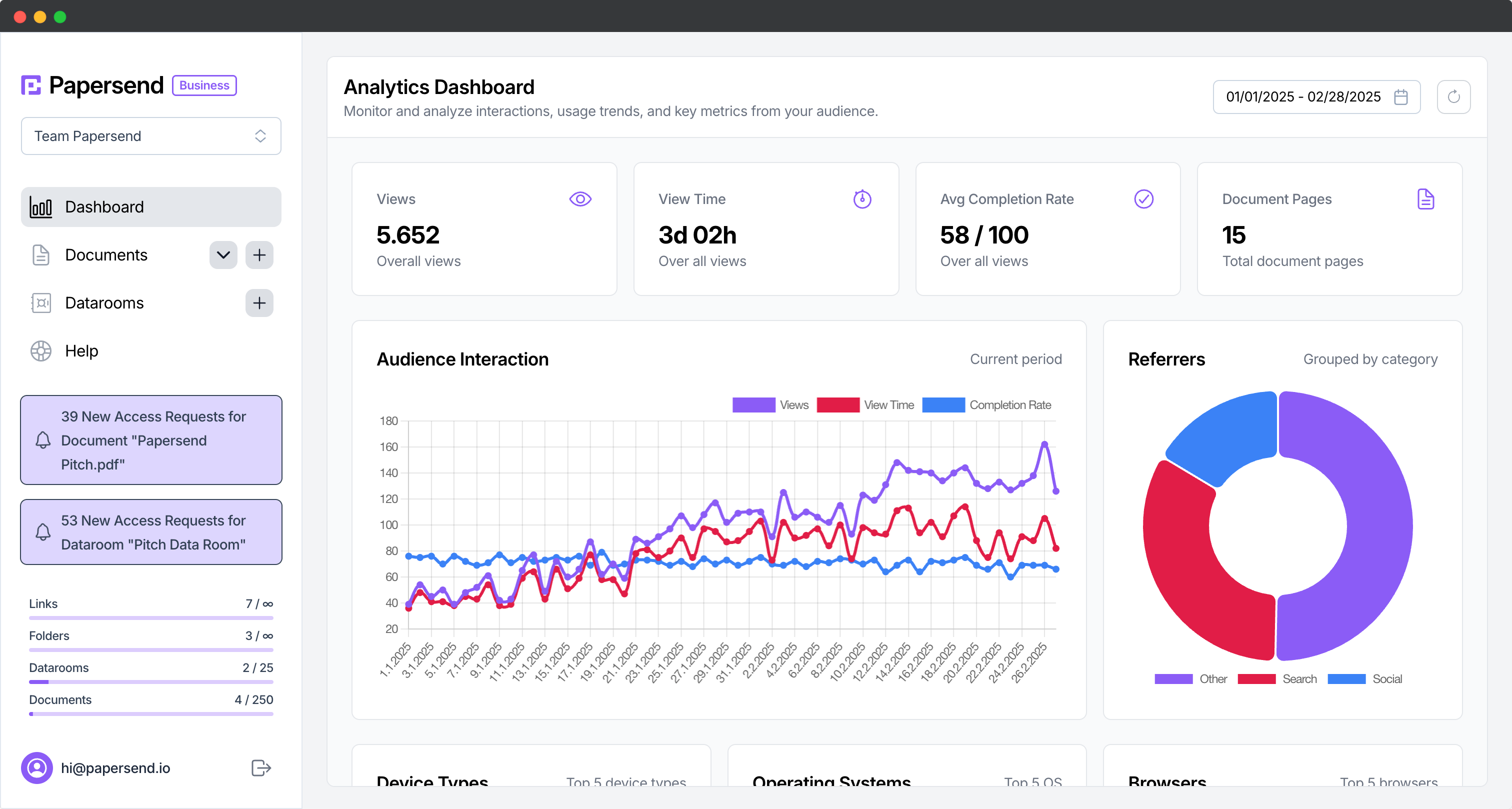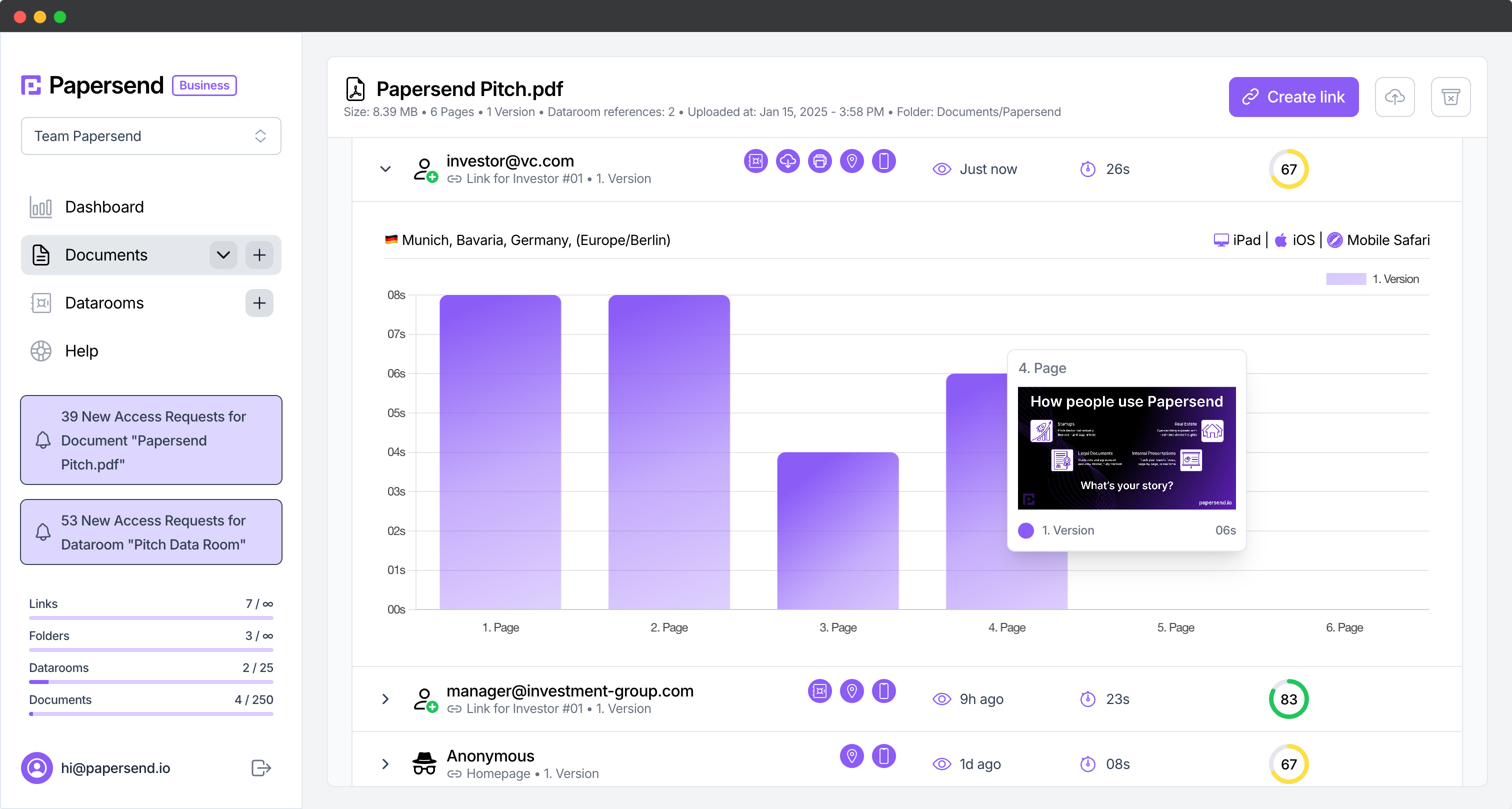Data-Driven Insights: What They Are & How to Use Them
Moving Beyond Guesswork with Data
Making critical business decisions often feels like navigating fog. Do you trust your gut feeling, follow the crowd, or hope for the best? In today’s competitive landscape, relying on intuition alone is risky. There’s a better way: leveraging data-driven insights. This isn’t just about collecting mountains of data; it’s about extracting meaningful, actionable understanding from it to steer your strategy confidently.

If you’re ready to move beyond guesswork and make truly informed decisions, understanding how to uncover and apply these insights is crucial. This post breaks down exactly what data-driven insights are, why they’re essential, how to find them through effective data analysis, and how they can fuel impactful business decisions and growth.
Beyond the Buzzword: Defining Data-Driven Insights
Let’s cut through the jargon. At its core, a data-driven insight is a discovery made through the systematic analysis of data that provides valuable understanding and suggests a specific course of action. It’s the “aha!” moment derived from numbers and information, revealing patterns, trends, or correlations that weren’t immediately obvious.
Insights transform raw data into strategic direction. They answer the “why” behind the numbers and guide you on “what to do next,” moving decisions from subjective feelings to objective evidence. In our experience, the most impactful insights often come from combining different data sources - connecting the dots between customer feedback, sales figures, and operational metrics.
Why Relying on Data Insights is Non-Negotiable Today
Simply put, businesses that effectively use data-driven insights gain a significant competitive edge. Here’s why making this shift is no longer optional:
- Smarter Business Decisions: Base your choices on evidence, not assumptions. This leads to more effective strategies, optimized resource allocation, and better outcomes. Learn more about making smarter strategy decisions.
- Reduced Risk: Identify potential problems or negative trends early, allowing you to mitigate risks before they escalate. Understanding the data helps anticipate market shifts or customer behavior changes.
- Enhanced Customer Understanding: Go beyond demographics. Analyze behavior, preferences, and feedback to truly understand what your customers want and need, leading to better products, services, and marketing.
- Improved Operational Efficiency: Identify bottlenecks, streamline processes, and optimize workflows by analyzing operational data. For instance, analyzing data on supply chain logistics can reveal opportunities for cost savings.
- Driving Growth (Including SaaS Growth): Pinpoint what drives customer acquisition and retention. For SaaS growth, analyzing user behavior within the product can highlight features to improve, friction points to remove, or upsell opportunities.
- Increased ROI: By focusing efforts and resources based on proven insights, you maximize the return on your investments, whether in marketing, product development, or sales efforts.
Ignoring the potential within your data is like flying blind. Your competitors are likely already analyzing data, and harnessing these insights is key to staying relevant and successful.
The Journey: How to Uncover Valuable Data-Driven Insights
Generating powerful insights isn’t magic; it’s a process. While the specific tools and techniques vary, the fundamental steps generally involve:
Define Your Question: What specific problem are you trying to solve or what opportunity are you exploring? Start with clear business questions (e.g., “Why did sales dip last quarter in X region?”, “Which marketing channel delivers the most loyal customers?”). Vague questions lead to vague answers.
Gather Relevant Data: Collect the necessary data from various sources. This includes quantitative data (numbers, metrics) and qualitative information (customer feedback, survey responses, support logs). Ensure data quality and accuracy.
Clean and Prepare Data:
Structure the data for analysis.
Analyze the Data: This is where you explore the data to identify patterns, trends, correlations, and outliers. Techniques can range from simple descriptive statistics to more complex methods like regression analysis or machine learning, depending on the question and data.
Practical Application: Consider securely sharing important documents. You need insights beyond just “sent.” Understanding recipient engagement is key. Platforms providing detailed document analytics, like Papersend which tracks views, downloads, and even time spent per page, offer crucial raw data. Analyzing data like this - seeing which sections of a proposal hold attention or where readers drop off - directly translates into data insights about content effectiveness or prospect interest.

Interpret Findings: Data analysis provides results; interpretation turns those results into insights. What do the patterns mean in the context of your business question? Connect the dots, challenge assumptions, and look for the underlying story.
Communicate and Act: Insights are useless if they stay hidden in a spreadsheet. Communicate your findings clearly and concisely to stakeholders. Most importantly, develop an action plan based on the insight to drive impactful business outcomes.
This process isn’t always linear; you might need to revisit earlier steps as you learn more. The key is curiosity and a persistent focus on answering the core business question.
Real-World Examples: Data Insights in Action
Data-driven insights aren’t theoretical; they drive tangible results across industries:
- Marketing: Analyzing campaign data reveals that emails sent on Tuesday mornings have significantly higher open and click-through rates for a specific customer segment. Insight: Adjust email schedule for this segment. Action: Change send times, leading to higher engagement.
- Sales: Tracking engagement with sales proposals shows high-value prospects consistently spend the most time reviewing the ROI calculation section. Insight: This section is critical for decision-making for key targets. Action: Ensure the sales team is well-equipped to discuss ROI confidently and proactively follow up after prospects view this section, perhaps using real-time view notifications from a tool like Papersend.
- Product Development: Analyzing user behavior data within a SaaS application shows users frequently abandon a specific workflow. Insight: The workflow is confusing or inefficient. Action: Redesign the workflow based on user feedback and observed friction points, improving user satisfaction.
- Supply Chain: Analyzing data on shipping times and costs identifies a particular route as consistently slow and expensive. Insight: This route is inefficient. Action: Reroute shipments or renegotiate with carriers, reducing costs and delivery times.
- Startups (Fundraising): A startup uses a secure platform for pitch deck sharing with analytics (like Papersend). Data shows VCs consistently spend less than 10 seconds on the ‘Team’ slide but linger on ‘Financial Projections’. Insight: The team slide isn’t grabbing attention, but financials are critical. Action: Revamp the team slide for impact and ensure financial projections are crystal clear and defensible.
Data-Driven vs. Insight-Driven: What’s the Difference?
You might hear these terms used interchangeably, but there’s a subtle distinction worth noting:
Ideally, you want to be both. You need robust data collection and reporting (data-driven) to fuel the interpretation and strategic thinking (insight-driven) that leads to truly transformative business decisions.
Making Insights Actionable: Turning Data into Decisions
Finding an insight is only half the battle. The real value comes when you translate that understanding into concrete action.
- Prioritize: You might uncover multiple insights. Focus on those with the biggest potential impact on your key objectives.
- Develop a Plan: Outline specific steps, responsibilities, and timelines for acting on the insight.
- Measure Results: Track the impact of your actions. Did the change produce the expected outcome? This creates a feedback loop for continuous improvement.
- Foster a Data-Informed Culture: Encourage curiosity and data literacy across your organization. Make data accessible and empower teams to use insights in their daily work.
Having the right tools is foundational. Securely sharing documents and gathering granular engagement data, for example, requires a platform designed for that purpose like Papersend. But the tool is just the start. Building processes to regularly review this data, discuss the implications, and implement changes is what truly unlocks the power of data-driven insights.
Key Takeaways & Your Next Step
Moving from gut-feel to data-backed strategy isn’t just a trend; it’s a fundamental shift in how successful businesses operate. Data-driven insights, derived from careful data analysis, provide the clarity needed to make confident, informed decisions that drive growth and efficiency.
Remember:
- Insights are actionable discoveries from data, not just raw numbers.
- They are crucial for competitiveness, risk mitigation, and customer understanding.
- Uncovering them involves defining questions, gathering data, analyzing data patterns, interpreting meaning, and taking action.
- Focus on turning insights into tangible business decisions and fostering a data-informed culture.
The journey starts with gathering the right data. If understanding how your critical documents are being received and engaged with is important for your business, exploring tools that provide those specific analytics is a logical first step.
Ready to gain deeper insights from your shared documents? Explore how Papersend’s secure sharing and detailed analytics can reveal crucial engagement data to inform your strategy and lead to more data-driven insights.
Frequently Asked Questions
Data-driven insights are conclusions and actionable information gained from collecting and analyzing raw data. By identifying patterns and trends within the data, businesses can move beyond intuition to make more strategic, informed decisions.
Data-driven insights are generated through data analysis. This involves examining both quantitative (numbers) and qualitative information to identify patterns, trends, and correlations that reveal underlying truths or opportunities relevant to business objectives.
They are important because they enable businesses to make informed decisions based on evidence rather than guesswork. Utilizing data-driven insights helps companies optimize strategies, improve customer understanding, enhance operational efficiency, and achieve impactful business outcomes like growth or better forecasting.
An example of a data insight could be a company analyzing its sales data and discovering that sales consistently decline in specific regions during certain months. This insight allows them to investigate the cause and adjust marketing or inventory strategies accordingly. Another example is using document tracking to see that recipients of a proposal consistently drop off after viewing the pricing page, suggesting a need to clarify value or adjust follow-up timing.
While related, being data-driven often emphasizes collecting and reporting on data. Being insight-driven focuses more on interpreting that data, connecting dots, challenging assumptions, and thinking creatively to uncover novel understanding and strategies based on analysis of consumer behavior, market trends, and internal data.